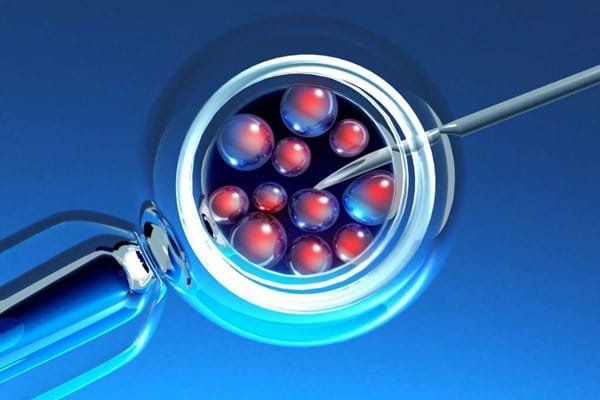What is Blastocyst Transfer?
Blastocyst transfer is a specialised technique used for embryo transfer during the In-Vitro Fertilization (IVF) process. Here, the embryo that is transferred to the uterus is the one which has been cultured to the blastocyst stage.
Usually, it takes five days after fertilisation for the embryo to reach blastocyst stage of development. During normal pregnancy blastocyst stage is when an embryo would normally move out of the fallopian tube and into the uterus. Once in the uterus, the blastocyst starts to attach to the uterine lining in a process known as implantation.
The advantage of growing eggs up to the blastocyst stage is that it increases the chance of implantation and a fallout is that very few embryos (30-40% ) actually do reach the blastocyst stage.

Application and Procedure of Blastocyst Transfer
Couples who have had unsuccessful attempts with IVF or IVF-ICSI despite having many good-quality eggs retrieved are usually offered blastocyst culture as an alternative treatment.
Normally, IVF embryos are transferred on the second or third day after egg retrieval. In case of blastocyst transfer the embryos are allowed to grow for two or three more days to reach the blastocyst transfer stage (the blastocyst embryo has 100-150 cells compared to 4-8 cells of normal transfer) before they are ready for implantation into the uterine wall. So, the procedure is usually the same as IVF/ICSI; only difference being the timing of implantation.
Blastocysts have greater potential of implantation into the uterine wall than earlier-stage embryos. Many embryos stop growing at the four to eight-cell stage, probably because of some inherent problem. Therefore, fewer embryos will have the ability to grow to the blastocyst stage.
The improvement in fertility which the addition of blastocyst process to IVF depends on the woman’s age, diagnosis and partner’s initial semen analysis.
Complications and Side effects
It has been discussed earlier that very few embryos actually ever reach the blastocyst stage. In some cases, none of the embryos develop into blastocysts and therefore no embryo transfer is performed. This might signify an inherent problem with the embryos and needs to be further examined.
![]()
If you are looking for world-class fertility treatment and procedure under the care of the best team of fertility specialists in the country, you have come to the right place. Dr. Puneet’s fertility clinic in Gurgaon boasts the best medical infrastructure in the city and a plethora of specialists with tons of experience delivering happiness to thousands of couples.
Meet Our Professional


